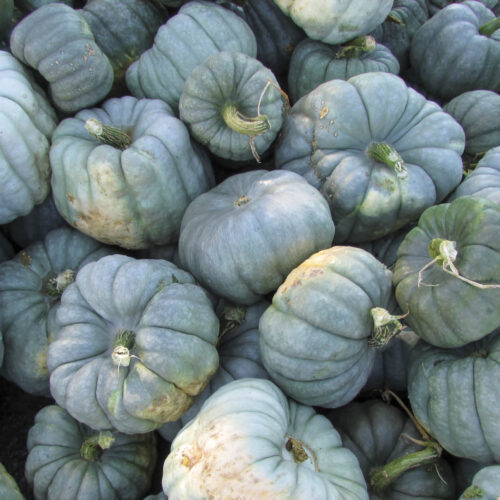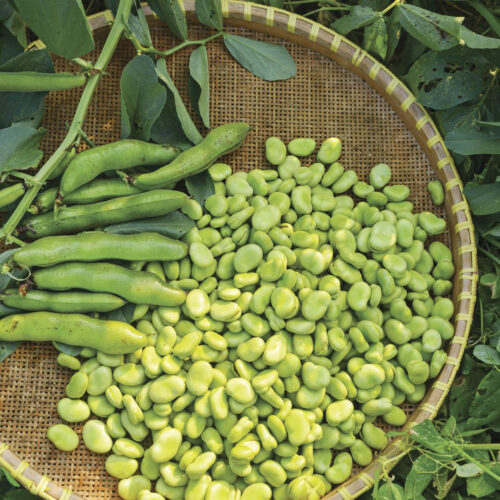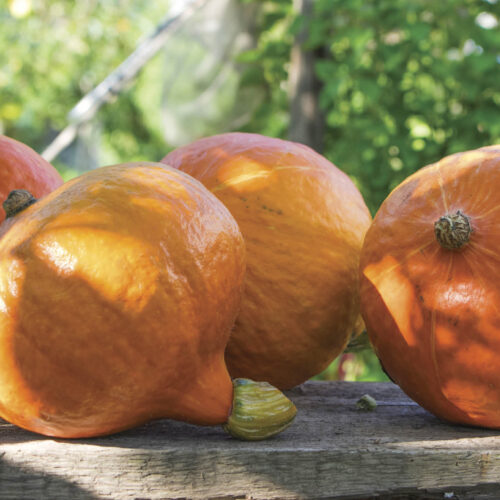Edible natives: lilly pillies
2024-10-29T12:45:35+11:00
This popular native plant is easy-to-grow with colourful edible fruits, just pick the right species to suit your garden space.
Lilly pillies are one of the best-known native plants, but there’s a range of different species and cultivars. They grow in sun to semi-shade and prefer fertile soil but will grow in a range of soil types. Regular watering is best, but they will tolerate short periods of drought once established. Many are frost tolerant, too. Many species are large plants, not suitable for home gardens unless pruned regularly, but smaller cultivars are also available that have been selected for their colourful leaves and suitability for hedging.
Here’s two that you might want to grow in your garden:
Brush cherry (Syzygium australe)
This plant (pictured above) is native to areas along the coast of New South Wales and Queensland. Large, purple fruits ripen mostly in summer to autumn. They are crunchy and juicy, and have a sweet-yet-tart flavour with a touch of clove and ginger. Often fruits can be foraged from street trees. My favourite cultivar ‘Resilience’ grows 5m tall unpruned but can be kept to 1m in a pot. It fruits well and is fairly resistant to the psyllid insect pest that affects leaves of most S. australe.
Riberry(S. luehmannii)
Riberry occurs from northern New South Wales to tropical Queensland and is psyllid resistant. Pink fruits ripen summer to autumn and are popular in the native food industry for their cranberry and clove flavour. It is a slow-growing tree up to 10m high in gardens, and has striking pink and purple new growth. ‘Cascade’, a cross between S. luehmanii and S. wilsonii, has attractive pink new growth, flowers and fruit and performs well from the tropics to cold areas (pictured below).

Karen Sutherland’s full article appeared in our Early Summer 2024 issue (OG 153). Subscribe to the magazine and get practical solutions delivered to your door!







